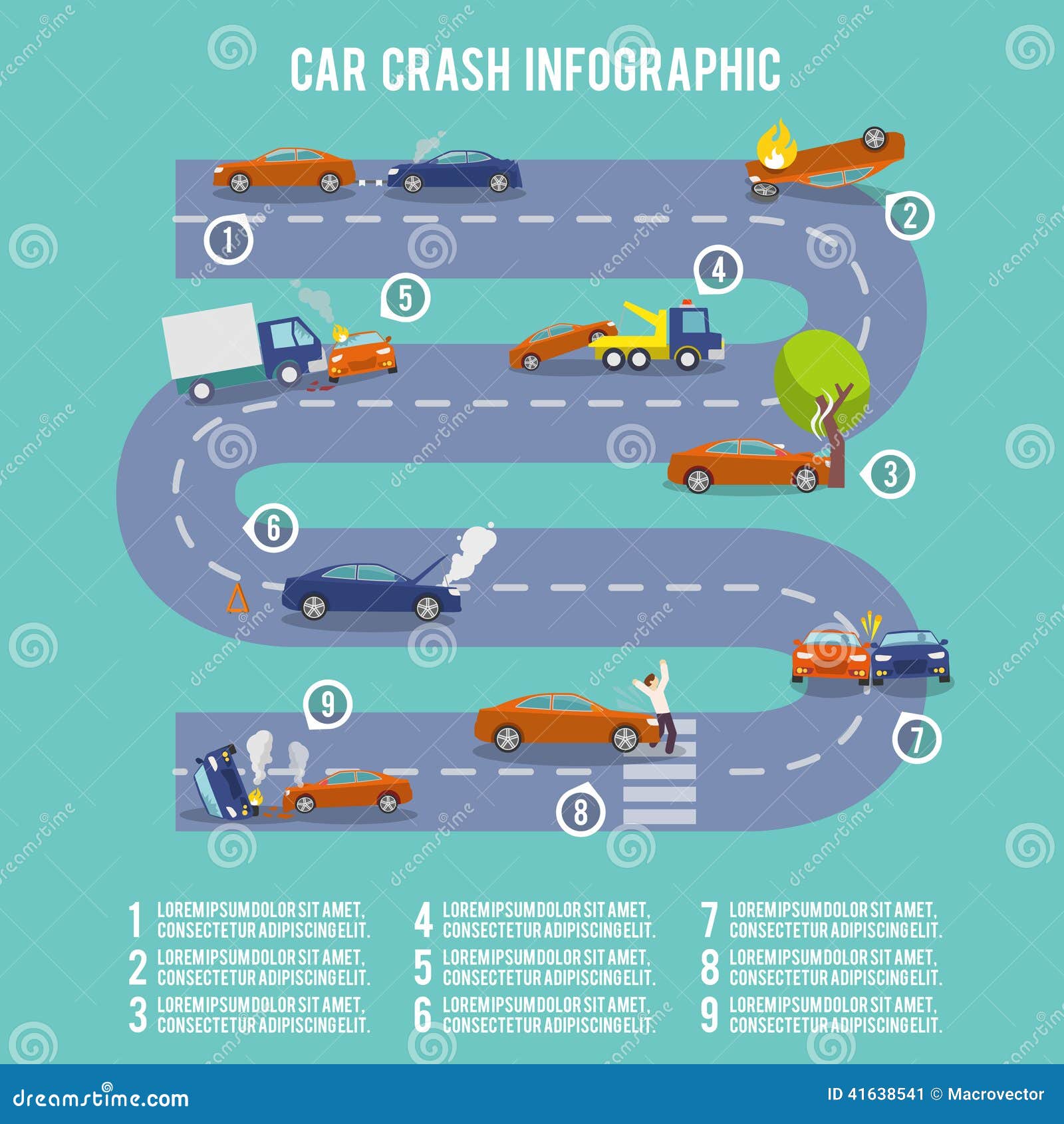Translating Your Car'S Caution Indicators: What They Genuinely Signify
Translating Your Car'S Caution Indicators: What They Genuinely Signify
Blog Article
Short Article By-Lauritsen Corbett
When you're behind the wheel, those beautiful caution lights on your control panel can be a little bit difficult. Do you recognize what they're trying to inform you concerning your auto's health? Understanding the relevance of these lights is crucial for your security and the long life of your automobile. So, the following time among those lights turns up, would not you wish to understand its message precisely and take the required steps to resolve it?
Common Warning Lights and Interpretations
Identify usual warning lights in your automobile and understand their definitions to make certain safe driving.
https://oil-change-cost40627.blogsidea.com/37504824/the-hidden-treasures-discovering-top-quality-vehicle-repair-work-shops-in-your-neighborhood of the most regular warning lights include the check engine light, which signals concerns with the engine or discharges system. If this light begins, it's essential to have your car inspected promptly.
The oil stress cautioning light shows reduced oil stress, requiring immediate attention to avoid engine damage.
A flashing battery light might suggest a damaged billing system, potentially leaving you stranded otherwise resolved.
The tire stress monitoring system (TPMS) light alerts you to low tire pressure, impacting lorry security and gas efficiency. Neglecting this might result in hazardous driving problems.
The ABS light shows a problem with the anti-lock braking system, jeopardizing your capability to stop quickly in emergencies.
Last but not least, the coolant temperature level alerting light warns of engine overheating, which can lead to serious damage otherwise resolved swiftly.
Comprehending these usual warning lights will help you address concerns quickly and preserve risk-free driving problems.
Significance of Prompt Attention
Recognizing the common warning lights in your automobile is just the first step; the value of quickly addressing these cautions can not be emphasized enough to ensure your safety on the road.
When https://donovanupjdx.blogdosaga.com/31141001/clashed-regarding-which-vehicle-repair-shop-to-pick-gain-insights-from-experts-on-just-how-to-discover-credible-options-in-your-area-that-will-certainly-offer-you-with-satisfaction brightens on your control panel, it's your car's means of interacting a prospective concern that requires attention. Disregarding these warnings can cause more severe troubles in the future, compromising your security and potentially costing you more in repairs.
Prompt interest to warning lights can protect against malfunctions and accidents. For instance, a blinking check engine light can show a misfire that, if left ignored, can trigger damage to the catalytic converter. Resolving this without delay can conserve you from a pricey repair.
Similarly, botanydowns alerting light could indicate reduced brake liquid or used brake pads, vital components for your safety and security when driving.
DIY Troubleshooting Tips
If you discover a warning light on your control panel, there are a couple of DIY fixing pointers you can try prior to seeking professional assistance.
The first step is to consult your auto's handbook to understand what the particular warning light indicates. Sometimes the issue can be as basic as a loosened gas cap activating the check engine light. Tightening up the gas cap may fix the problem.
An additional common problem is a low battery, which can trigger numerous cautioning lights. Checking https://www.forbes.com/sites/greatspeculations/2022/03/21/oreilly-automotive-value-stored-for-the-road-ahead/ for corrosion and ensuring they're secure may deal with the trouble.
If a caution light persists, you can attempt resetting it by disconnecting the auto's battery for a couple of minutes and then reconnecting it. In addition, inspecting your automobile's liquid degrees, such as oil, coolant, and brake fluid, can aid fix warning lights associated with these systems.
Conclusion
In conclusion, recognizing your automobile's warning lights is vital for keeping your vehicle running efficiently and securely. By promptly addressing these signals and knowing what they imply, you can stay clear of costly repairs and prospective break downs.
Bear in mind to consult your cars and truck's manual for specific details on each alerting light and act appropriately to make sure a trouble-free driving experience.
Remain informed, stay risk-free when traveling!
